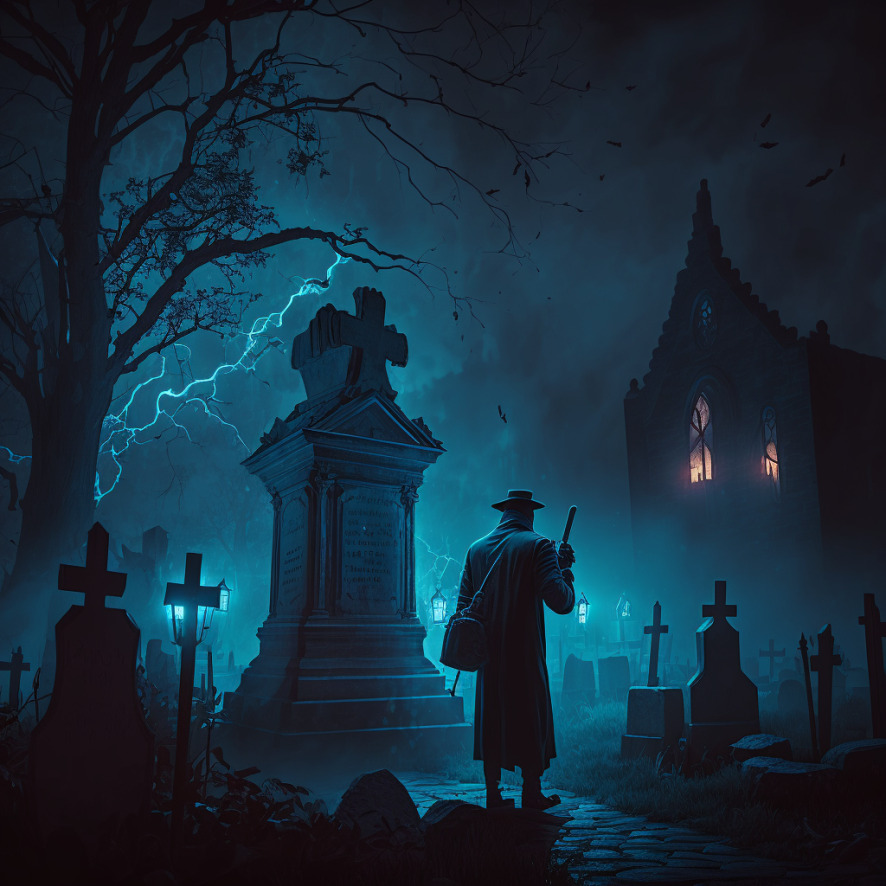Text by Christopher Michael

The promise of eternal life has haunted contemporary technology for quite some time. Tech entrepreneurs have spent billions investing in anti-aging, consciousness uploading, and ‘neurolink’ technologies in hopes of extending their biological lives. Ray Kurzweil even predicts by 2045, the ‘singularity’, a moment where humans and machines will become one, may be fully upon us. Perhaps more relevant to our contemporary moment is the growing field of AI-generated ‘digital afterlife’ programs advertising a new way to connect with loved ones after death, with investors lining up to take part.
In The End We Become Our Avatars is a film that explores the promise of immortal life through AI. With programs like Project December or HereAfter already utilising certain AI technologies to ‘simulate the dead’, we might already have a future where we can access the deceased through advanced chatbot programs. But how exactly did we get to a place where recreating loved ones as AI replicants seems like a good idea? And why are some of the most powerful people in Silicon Valley eagerly embracing such technologies? In The End We Become Our Avatars seeks to answer some of these questions that plague our strange present.
This film is the outcome of a year’s worth of research within the realm of digital afterlife technology. I spent time interviewing others interested in the field, thoroughly investigating software currently available on the market, and surveying those inside and outside the digital afterlife community to better understand the culture surrounding it. From this fieldwork, I generated a narrative that attempts to synopsise the hopes, fears, and ideological inspirations shaping these technologies. As a result, the film presents a narrative which is equal parts idealistic, paranoid, pseudo-scientific, and techno-optimistic.


I was first interested in this topic while studying Visual and Media Anthropology (remotely) at HMKW Berlin. I became fascinated by the idea of ‘spiritual technologies’ and how speculative modes of anthropology could help me investigate such technologies. During my studies, I began to transform my practice into a space where science fiction and ethnography could commingle, to better understand the strange present we are living in. Ultimately my experimentations with speculative media anthropological methods resulted in the creation of this short film. Aesthetically inspired by retro science fiction films, YouTube conspiracy theory videos, and video game ‘cinematics’, my film keeps one foot in reality while looking towards our increasingly bizarre future.
This film is, importantly, a partial collaboration with Berlin-based musician Father Lemon. Drawing inspiration from the music of conspiracy theory videos and vintage video games, he has created a wonderful soundtrack which underscores both the hopes and anxieties of digital afterlife technologies. This film also utilises AI art-making tools, like imagery from Midjourney and non-human narration. Thinking about AI technologies, I was equally interested in what an ‘AI-generated cinema’ might look like and sought to create an immersive AI film experience. As a result, the film has a robotic, non-human feeling, creating a space almost entirely devoid of human interference.





